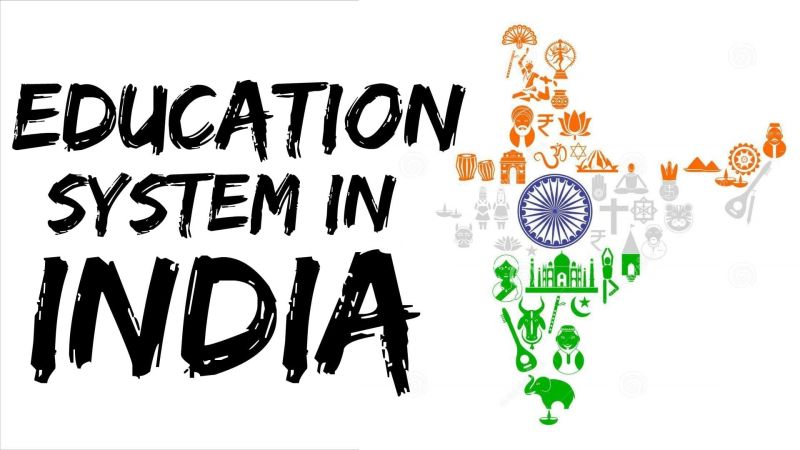
India education system can be traced back to around 5000 BC when the Gurukul system of education was responsible for imparting education in India. The mode of teaching at that time was Sanskrit. With changing times and modern equipment, Education in India experienced a drastic change. The current education system in India emphasizes qualities like confidence, good practices, sympathy and imagination. It is a complete blend of culture, history and human values. India is a democratic country guided by the principle of the constitution. Article 21A provide free and compulsory education of all children in the age group of 6 to 14 as a Fundamental Right in such a manner as the State may, by law determine. The Parliament enacted the right to education Act of 2009. Under this act, free and compulsory education is ensured for every child between 3 to 18. India has always paid special attention to the education sector.
Stages of Current Education System in India
Pre School-stage- This is a stage where a child joins a kindergarten when the child is of 3-8 years of age. This stage will include play or activity-based learning and the improvement of language abilities. It is crucial as the child 50% brain develops at this stage only.
School stage- A child enters a school at the age of 8 or 9 years and remains there till the age of 18, starting from nursery class till class 12. At this stage a child gets an opportunity to learn lots of subjects. By that time he develops an interest in them which help him to pursue his higher education.
Higher Education stage- After completing school a student enters into a college or university at the age 18-19 years. In India, a student first acquires graduate degrees in horticulture, designing, pharmaceutics and innovation generally requires 4 years to finish. Law, medication and engineering can require as long as 5 years. After graduation a person applies for a post-graduation degree from a recognized university.
Doctoral stage- This is the last stage in Education in India. After completing post-graduation, a student who wishes to study further applies for PH.D and Doctoral courses. It is the highest education qualification that a person can acquire in India. After successfully completing this stage, a student is conferred with the prestigious title of a “Doctor (DR)”.
Impact on Education in India
It aims at achieving a 100% gross enrollment ratio in school education by 2030.
A new higher education governing body will be established the Higher Education Commission of India. It will work to improve and innovate India teaching and learning system.
The new education policy further aims at making all higher education institution multidisciplinary by 2040. This means students can take up any course of their interest and skills.
An undergraduate student will have multiple exit options. A college will provide a degree to student after completing one year of study. However, this is applicable only on diplomas and not on degree courses.
Now schooling age will be 3 rather than 6. This will aid student to complete their schooling early and save their year from wastage.
Conclusion
India has an openly supported education and development sector, the third biggest on the planet, close to the United States and China. The Current Education System in India is theory-oriented than job-oriented. It focuses more on theory and exams. With the new education policy 2020 there has been a drastic change in the education system in India because of the new National Education Policy (NEP), the division of stages have been made to conform to the mental development that a youngster experience typically. It has become more vibrant and skill-oriented. The literacy ratio of India for adults is 69.3%. By 2030, India higher education system is expected to have more than 20 universities among the global top 200 universities.